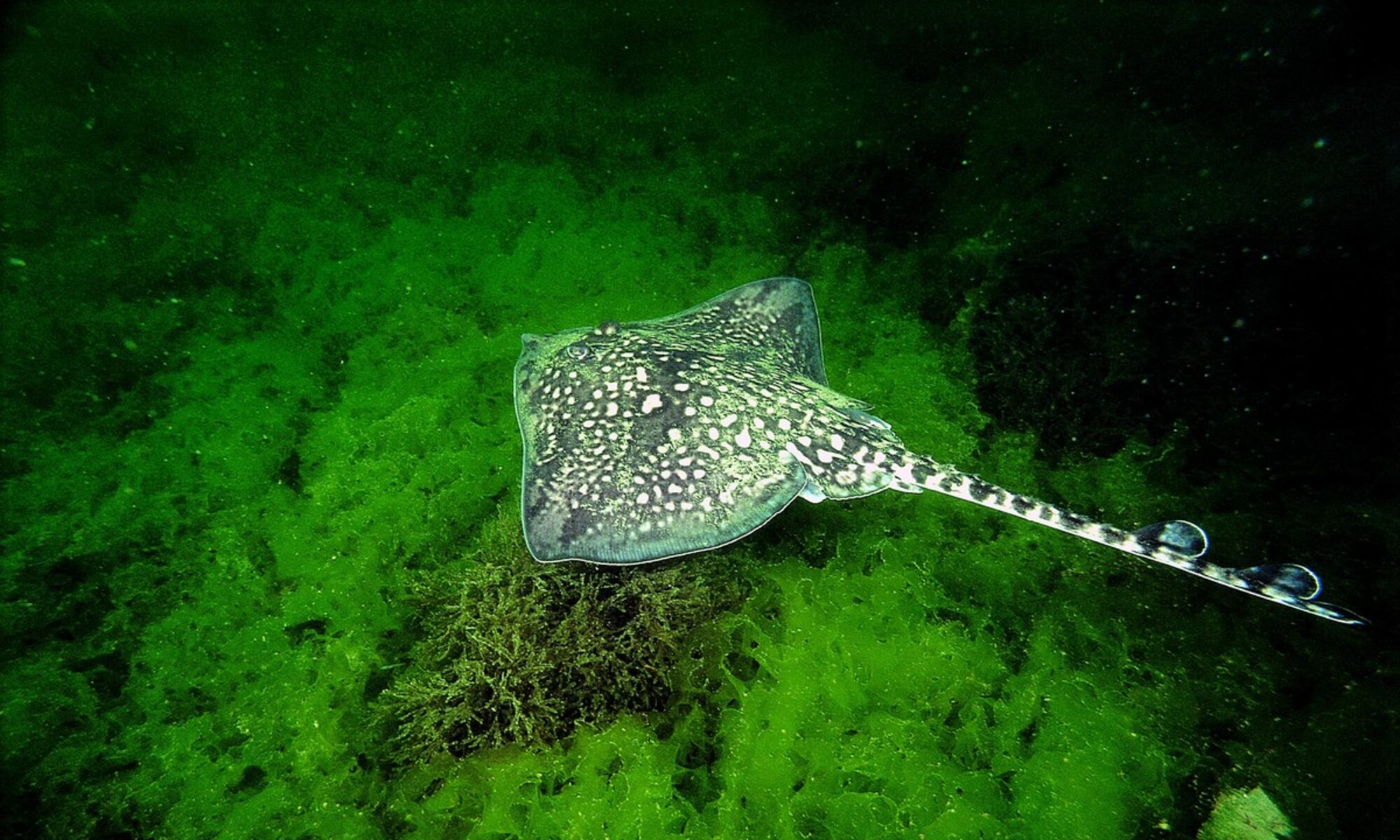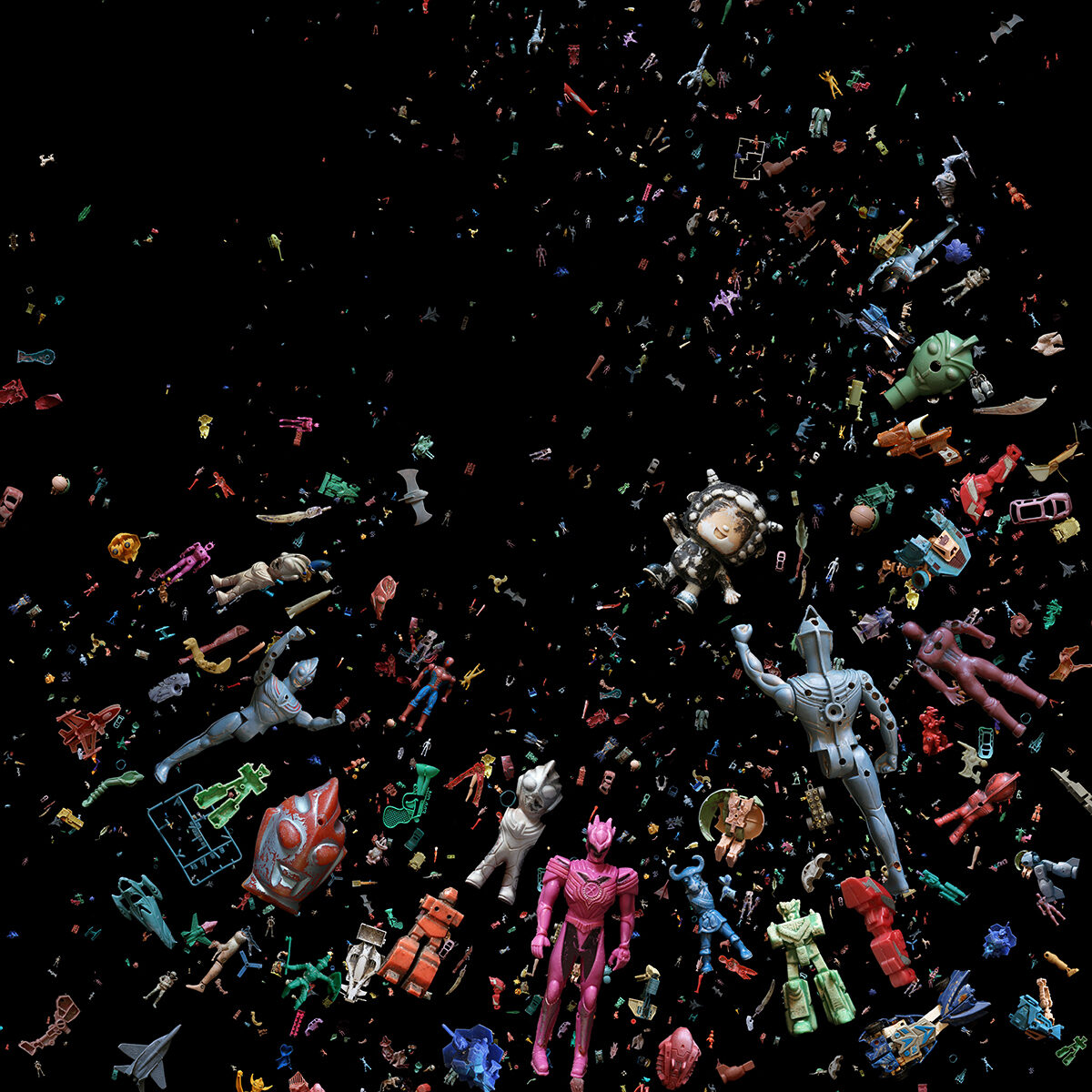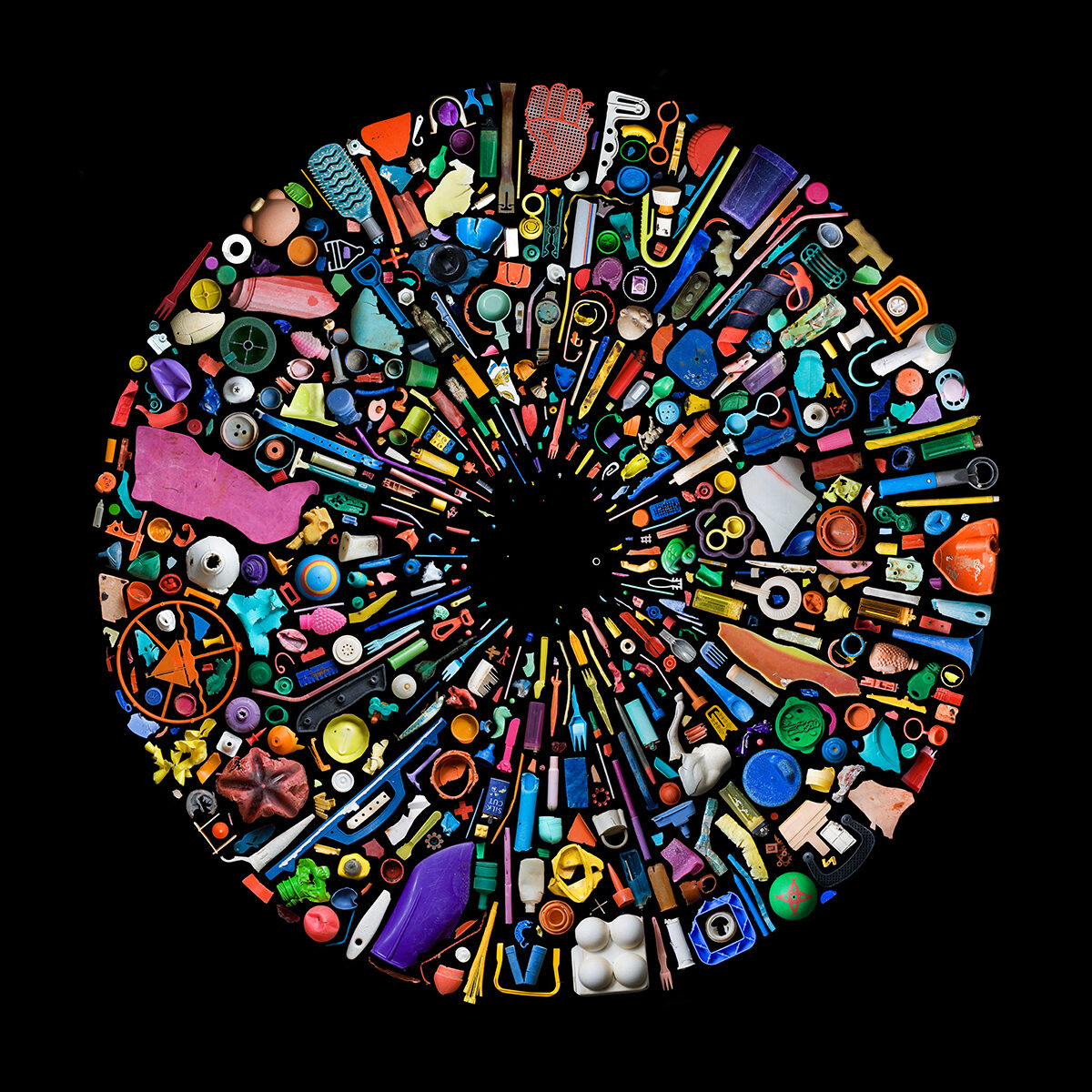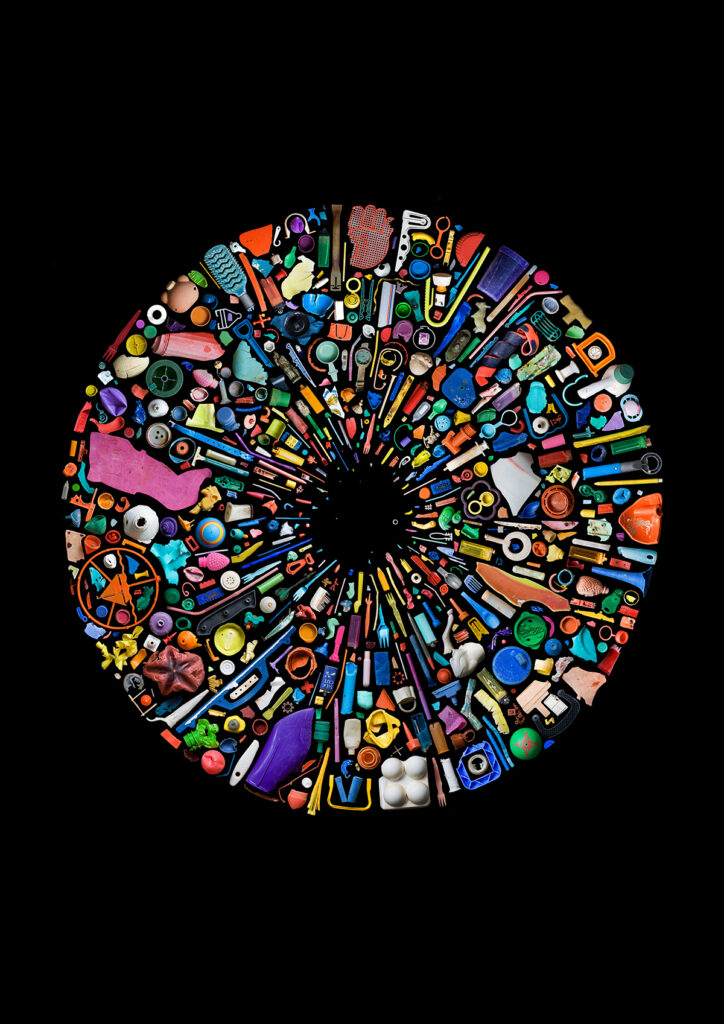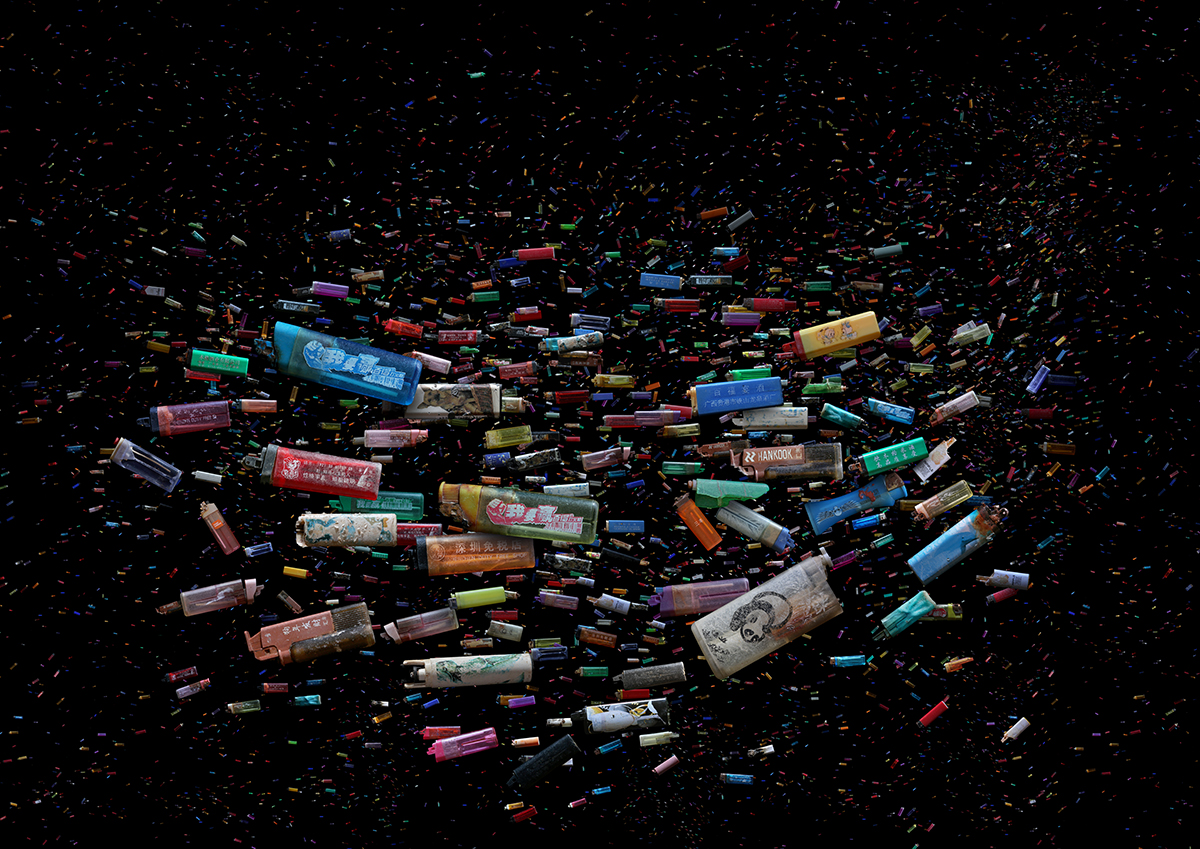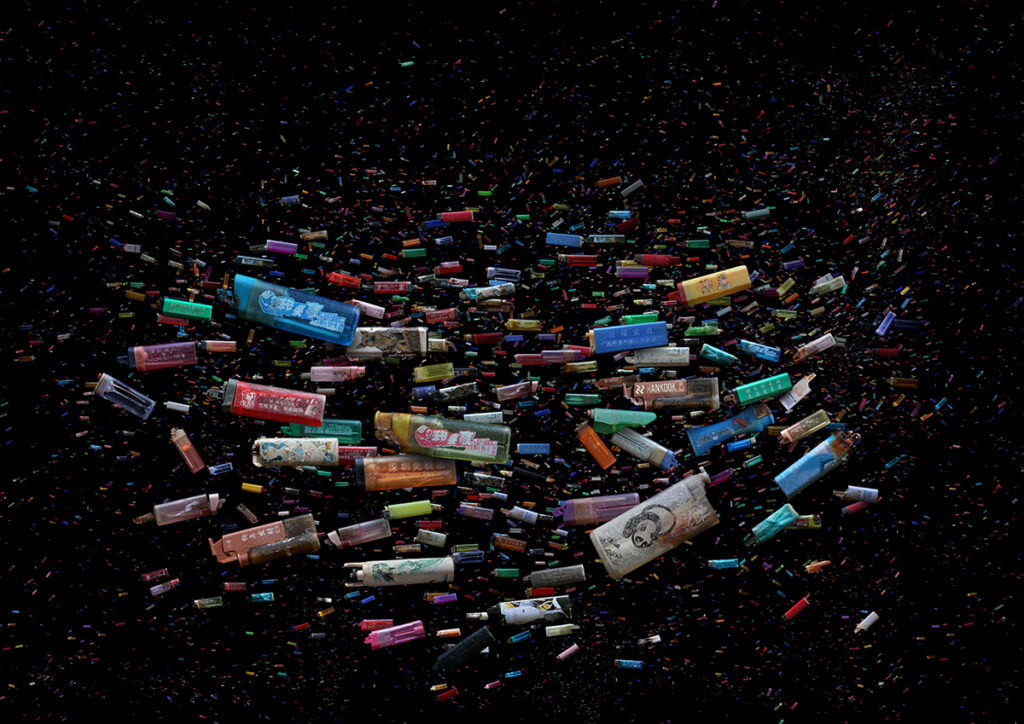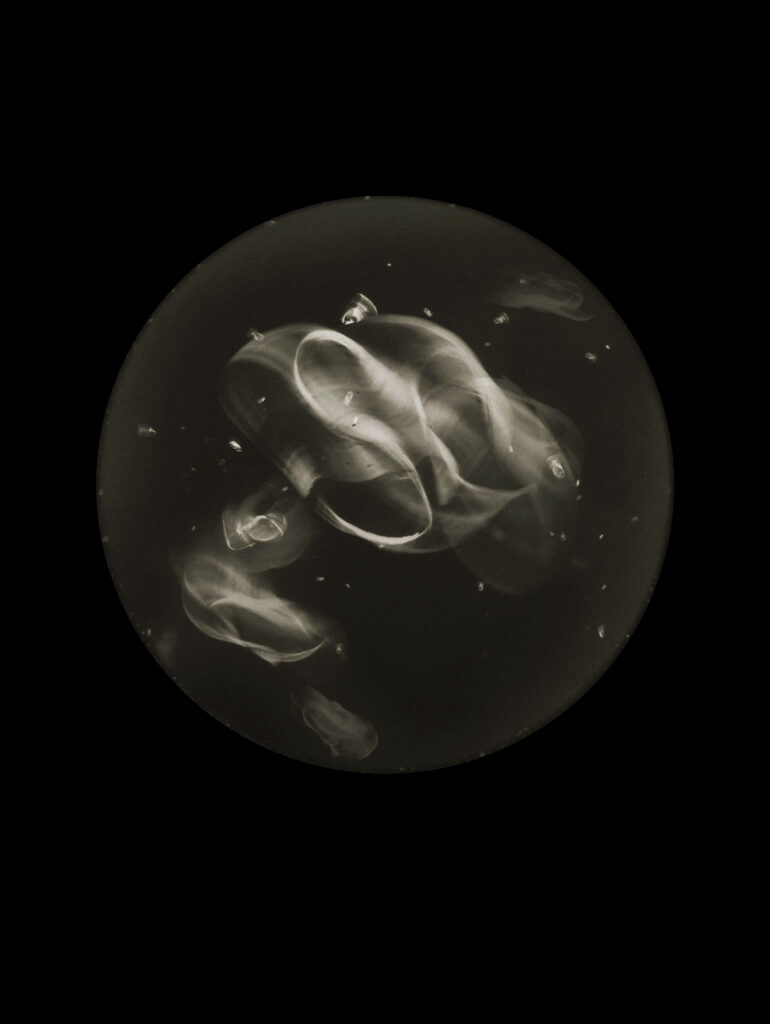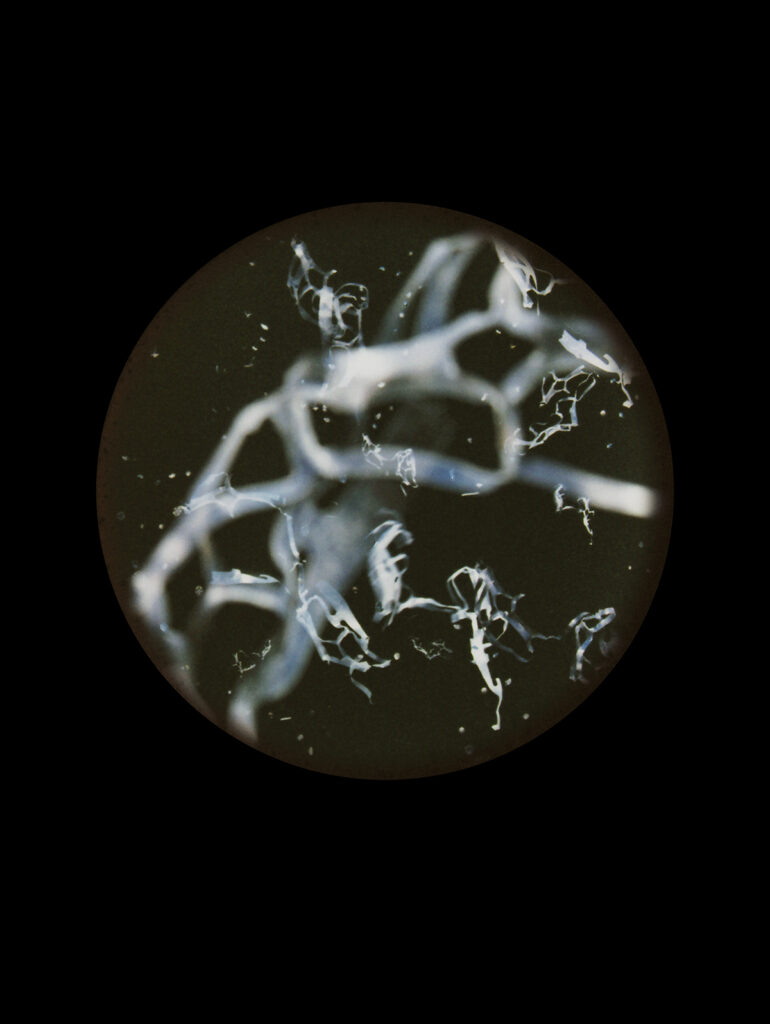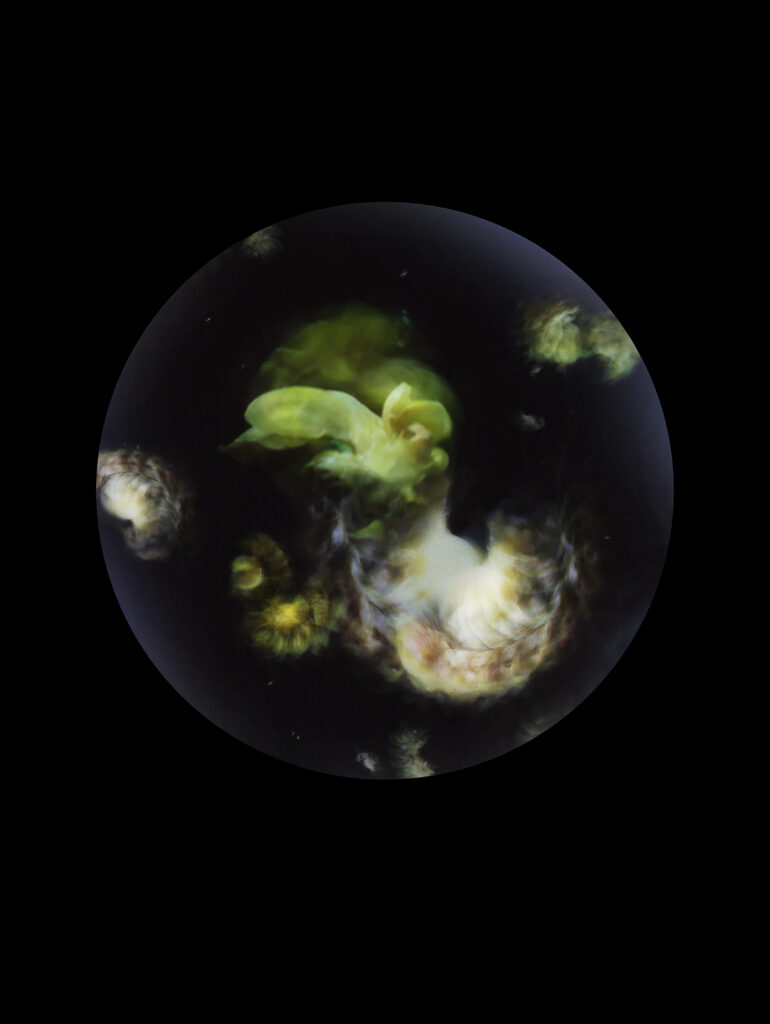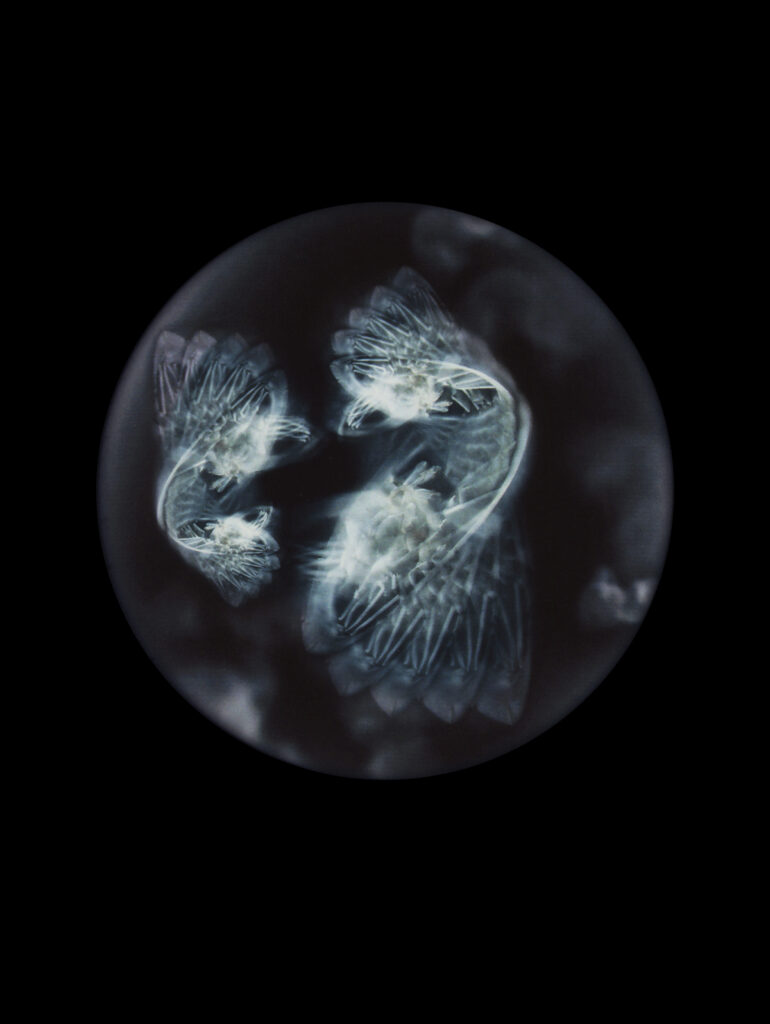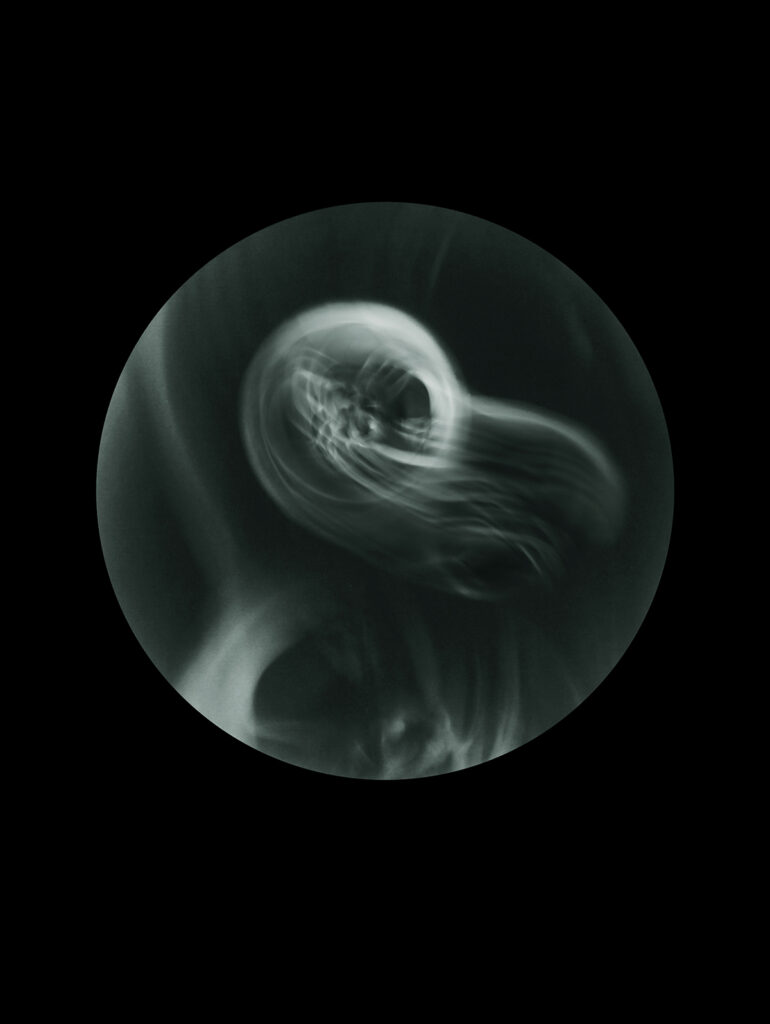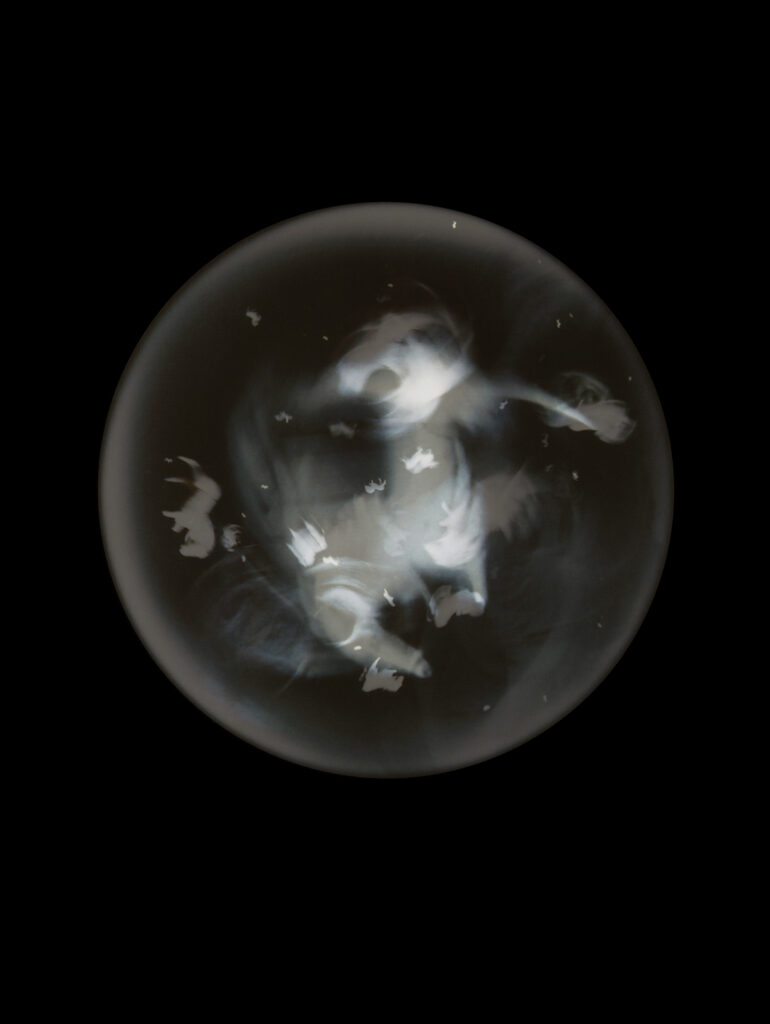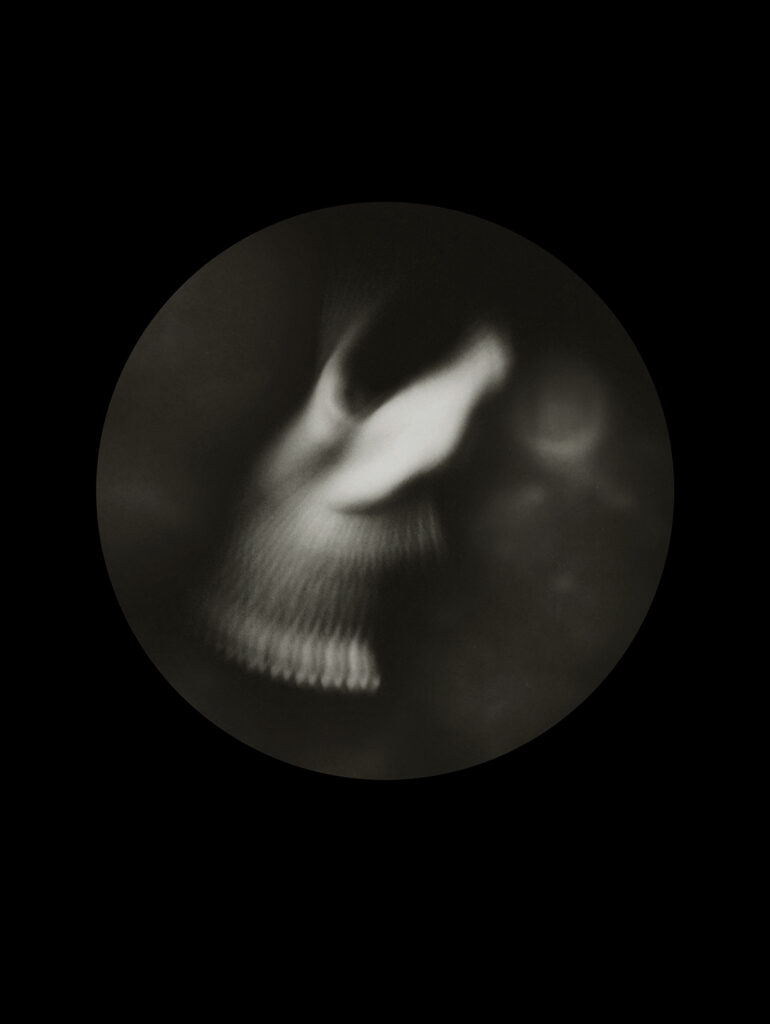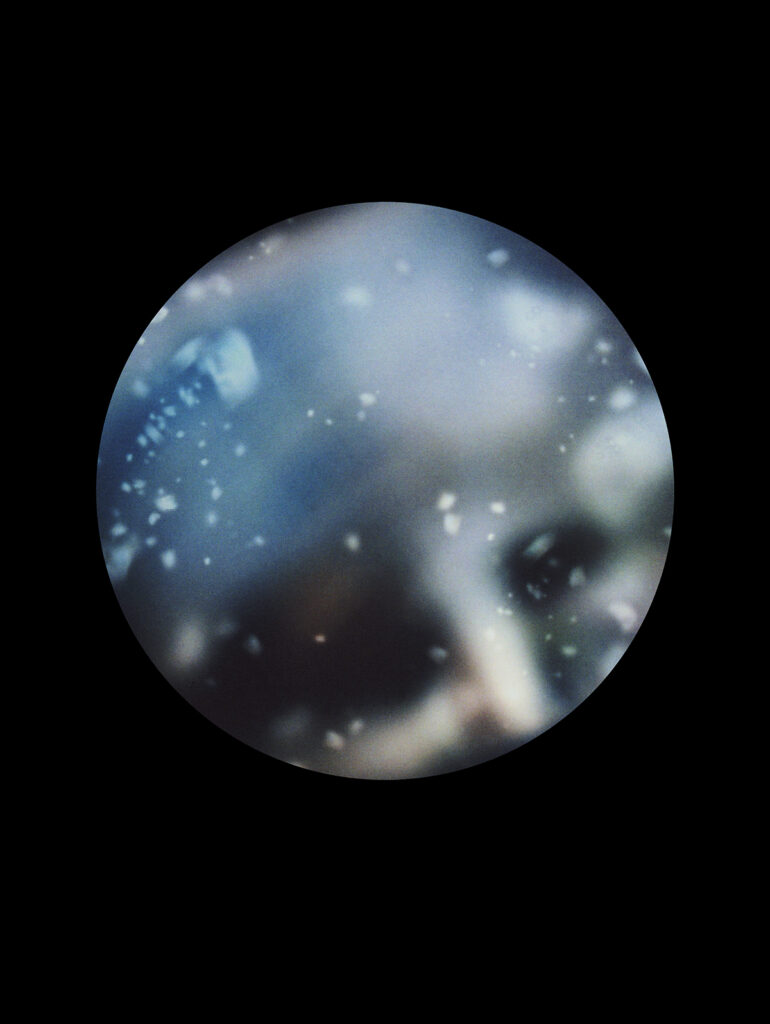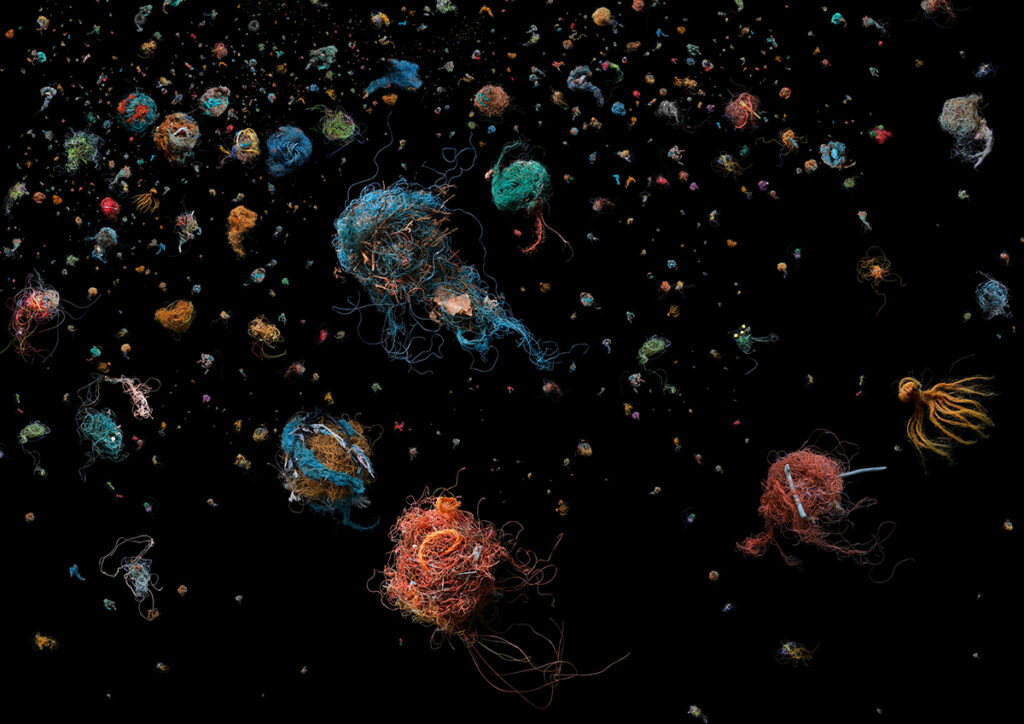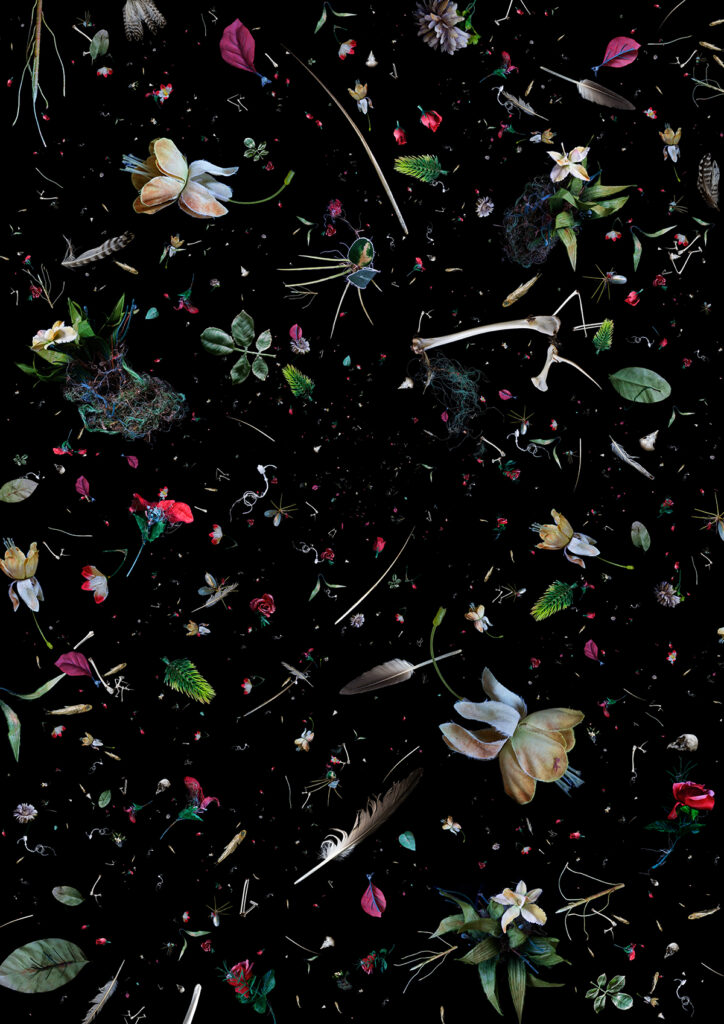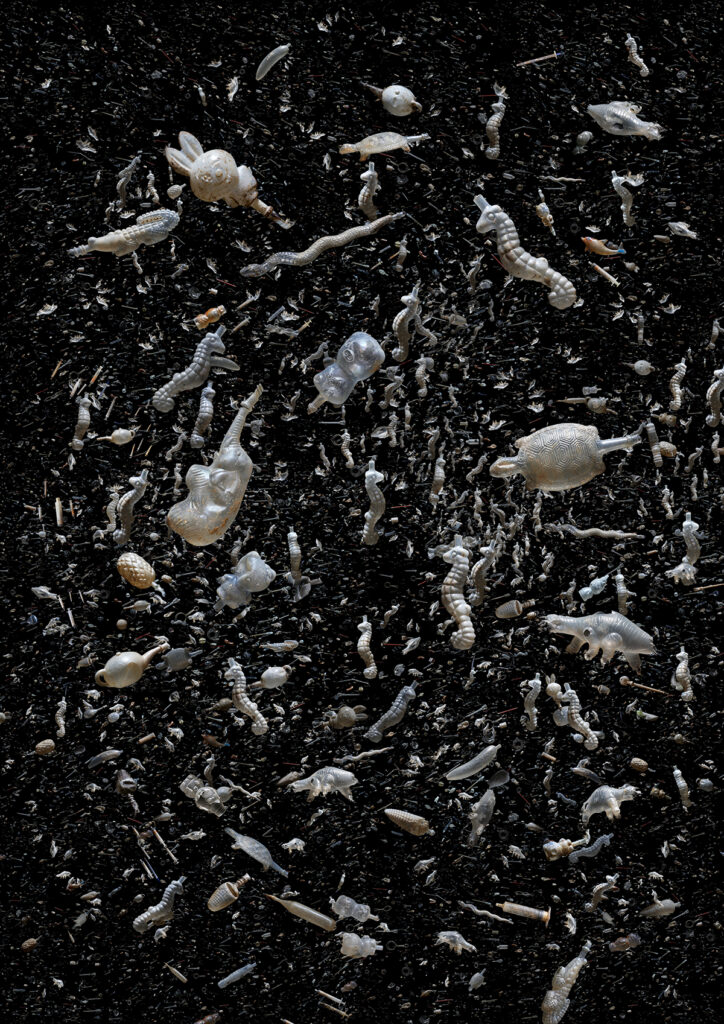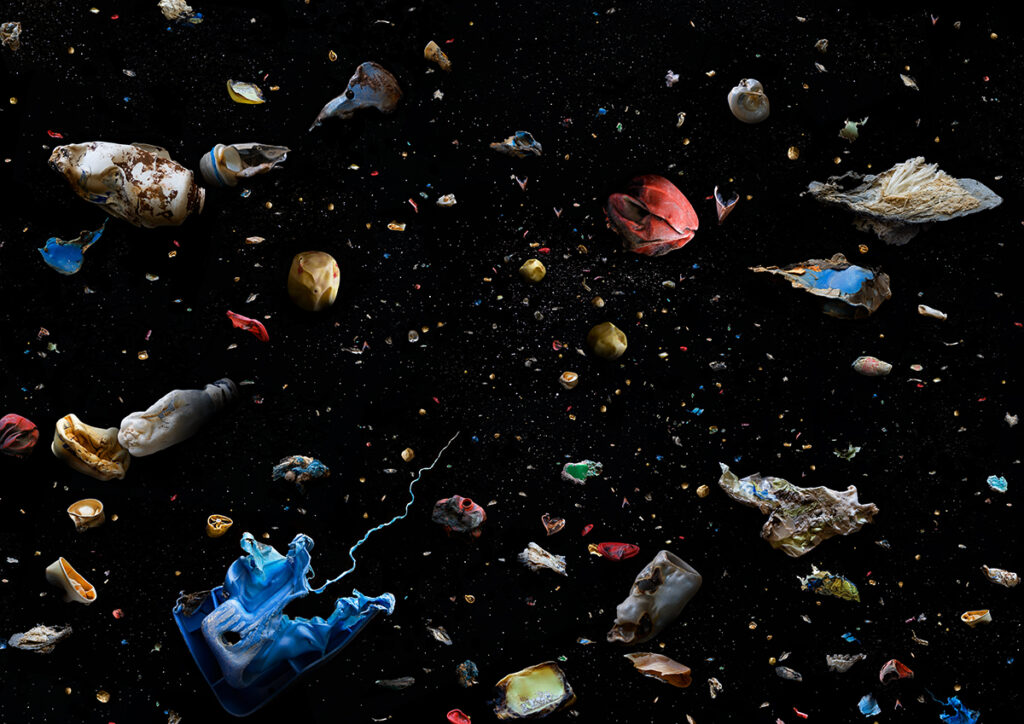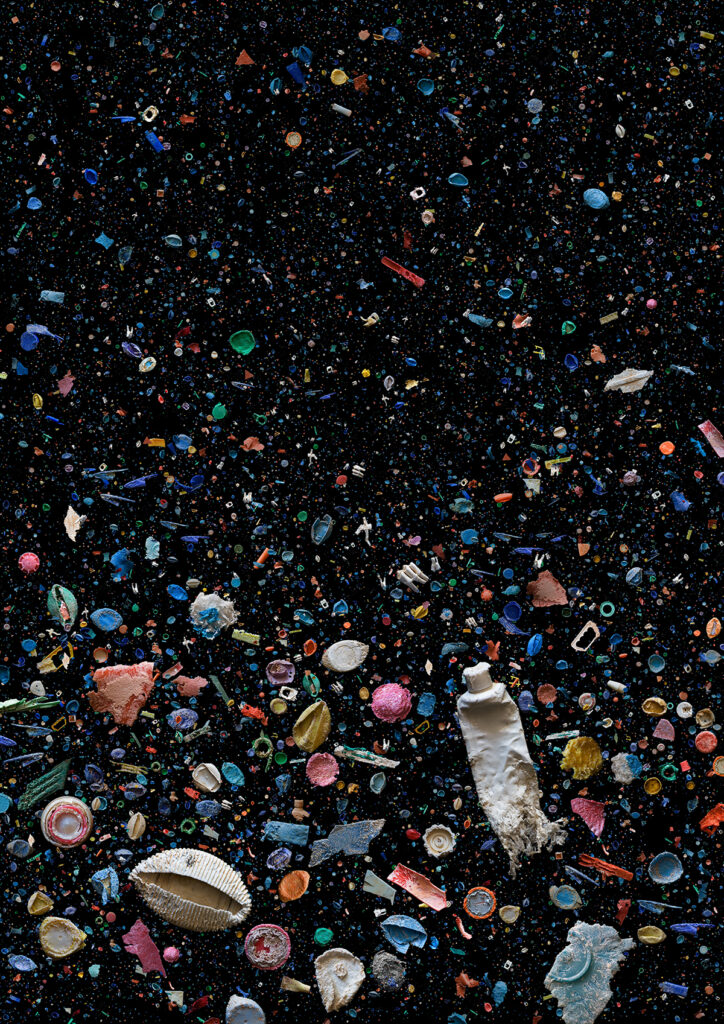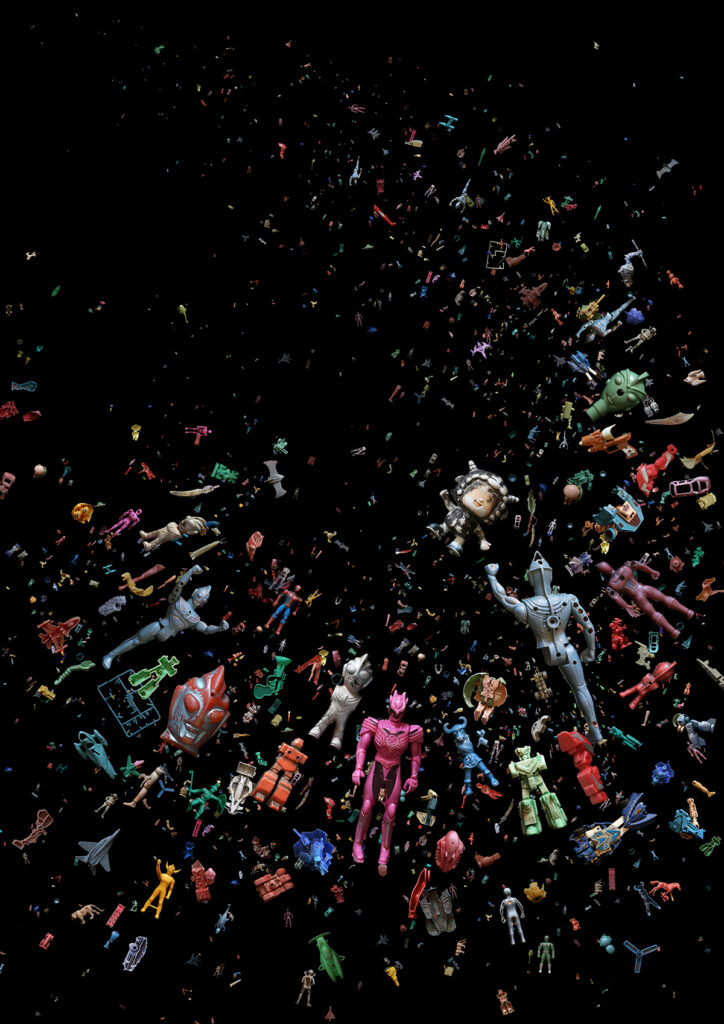
SOUP: 500+
LIGHTER from the series HONG KONG SOUP: 1826
Ingredients: discarded cigarette lighters
Discarded cigarette lighters make reference to our single-use throw away society. The panda, a national emblem of China represents endangered species and faces away from the group symbolising mother nature turning its back on man’s inability to take ownership of its waste.
Click on the image for the full screen photo
Indefinite
Indefinite shows plastic objects, presented unwashed and unaltered, as they were found on the shore.
The forms and shapes might seem reminiscent of sea creatures, but are actually man-made from different plastics. As they gradually break down into microplastic particles, they are likely to be eaten by fish and birds.
Based on information sources from 2010, the images are captioned with the estimated time it takes for discarded plastics to degrade in the sea.
Barker says, ‘Since this series was created, new research by polymer scientists has found that, unless burned, all the plastic ever produced is still with us on the planet and is merely fragmenting into ever smaller pieces. We should now regard the degradation time for marine plastics to be indefinite.’
To hear more about this series from Barker listen here:
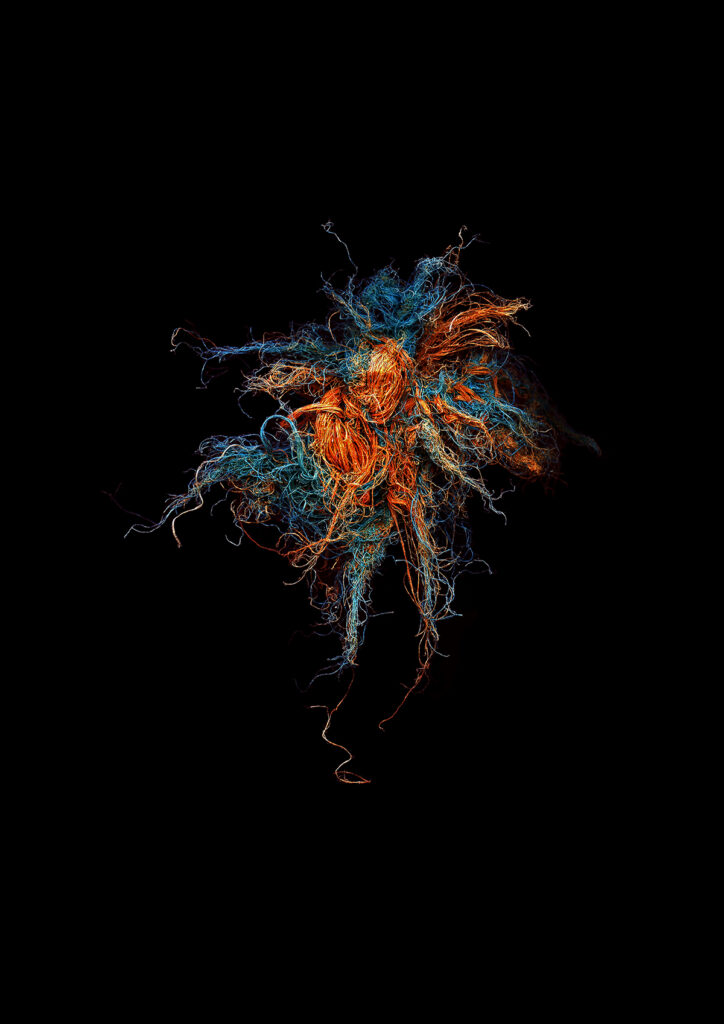
1 year, or indefinite?
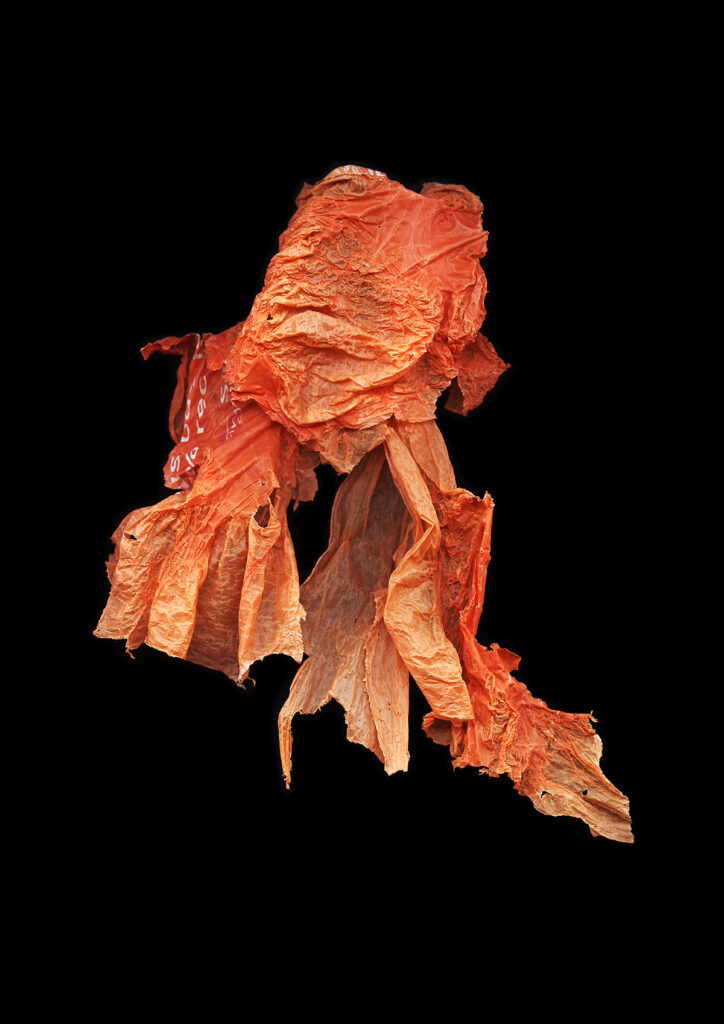
1 – 3 YEARS, OR INDEFINITE?
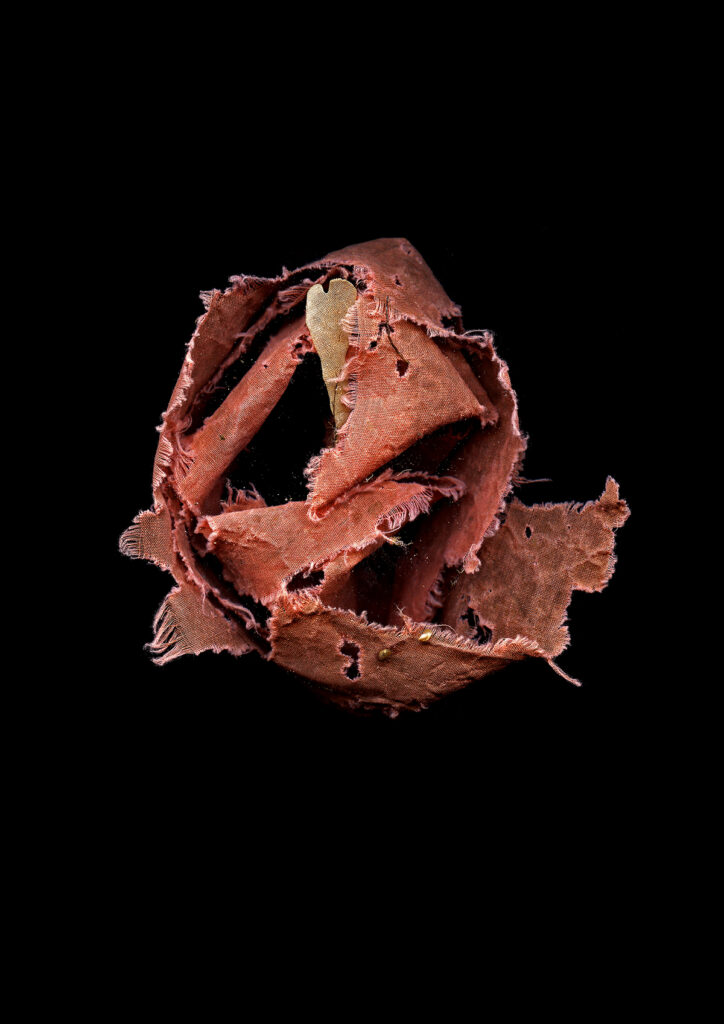
1 – 5 YEARS, OR INDEFINITE?
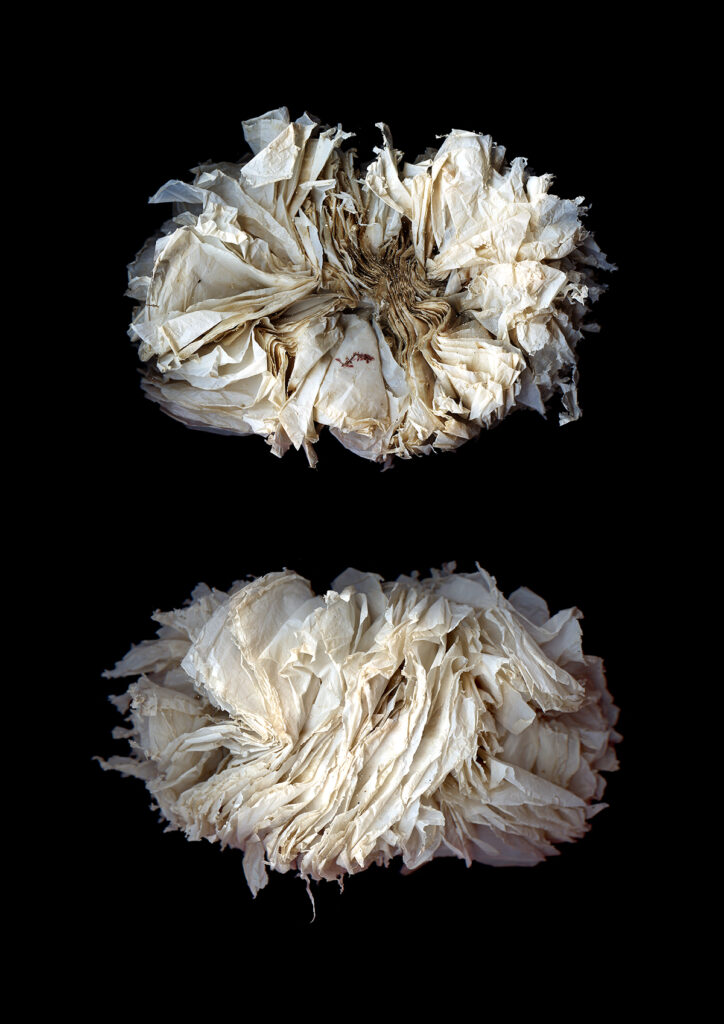
10 – 20 YEARS, OR INDEFINITE?
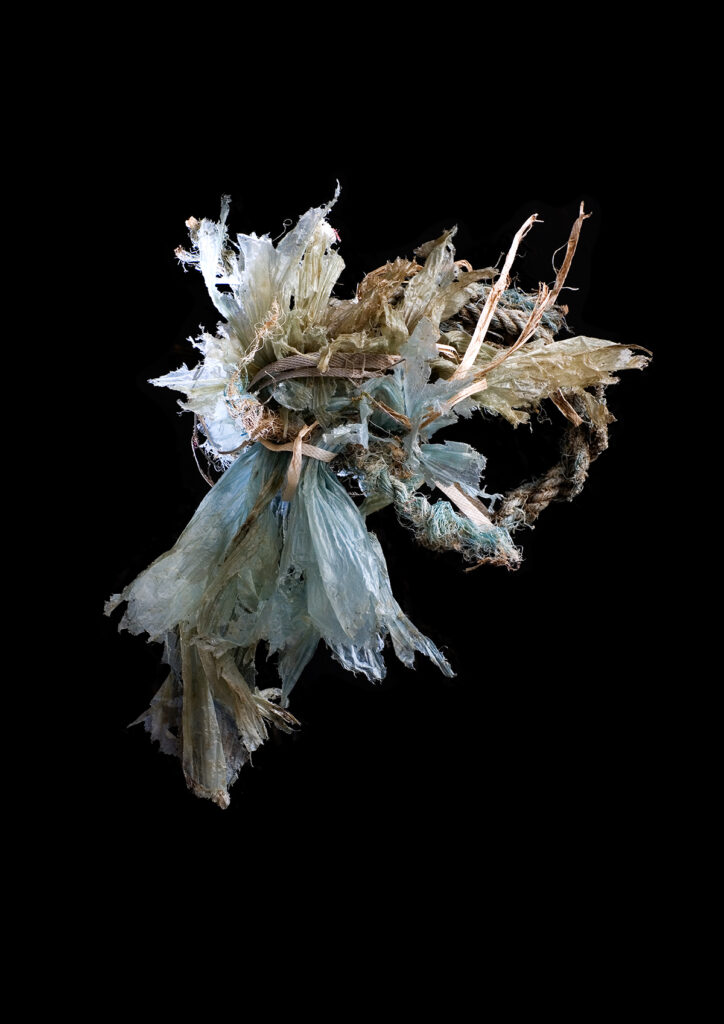
30 – 40 YEARS, OR INDEFINITE?
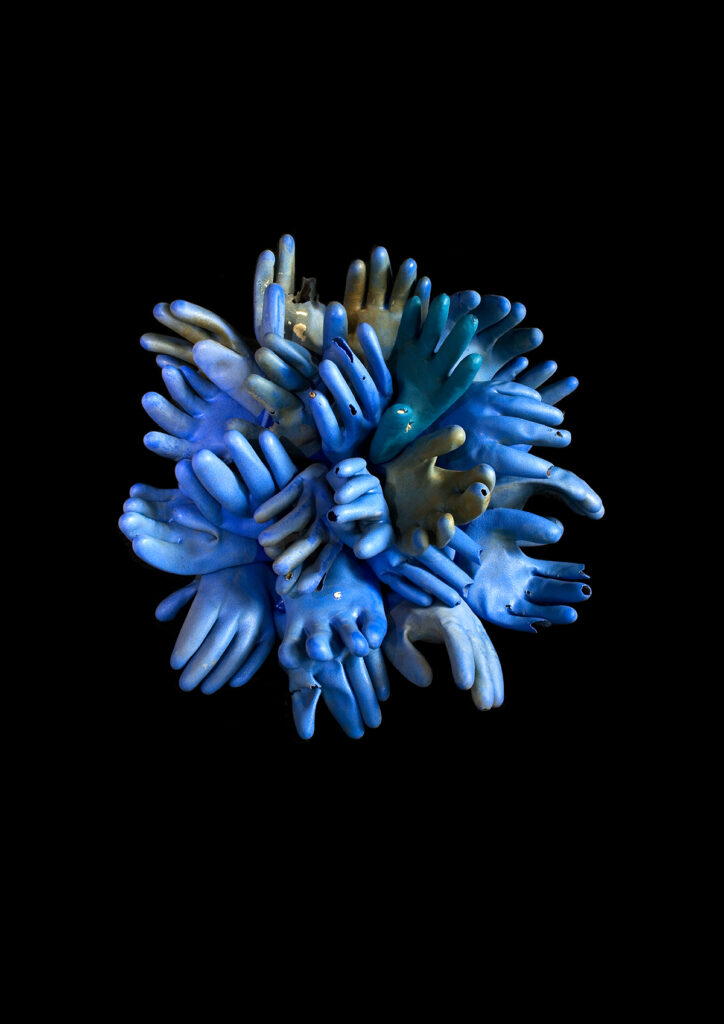
30 YEARS, OR INDEFINITE?
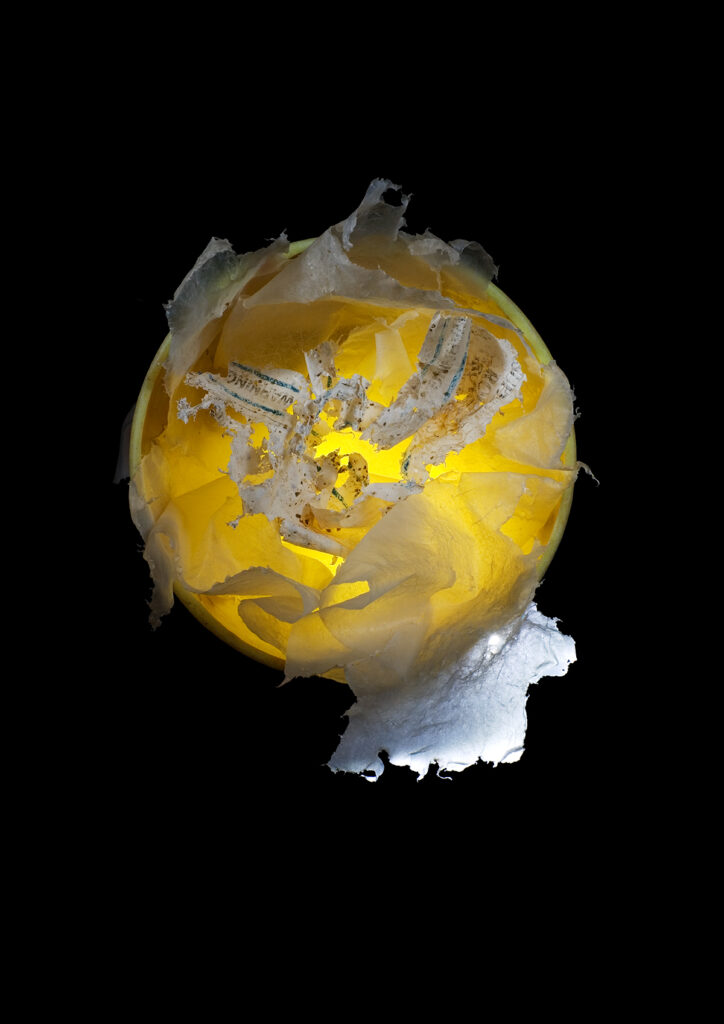
400 YEARS, OR INDEFINITE?
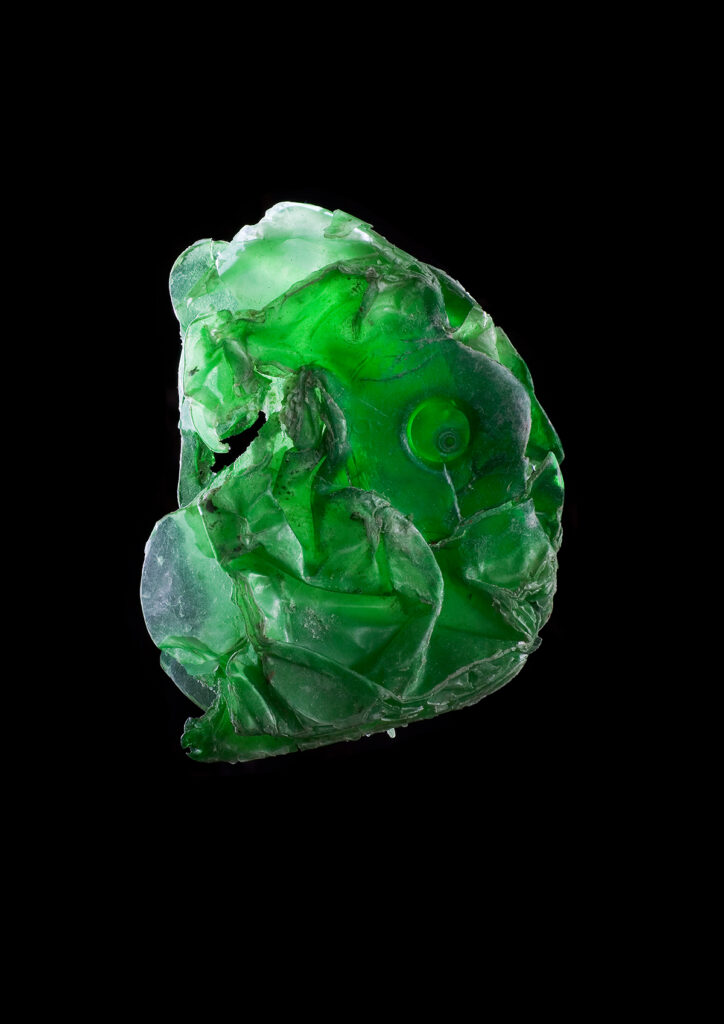
450 YEARS, OR INDEFINITE?
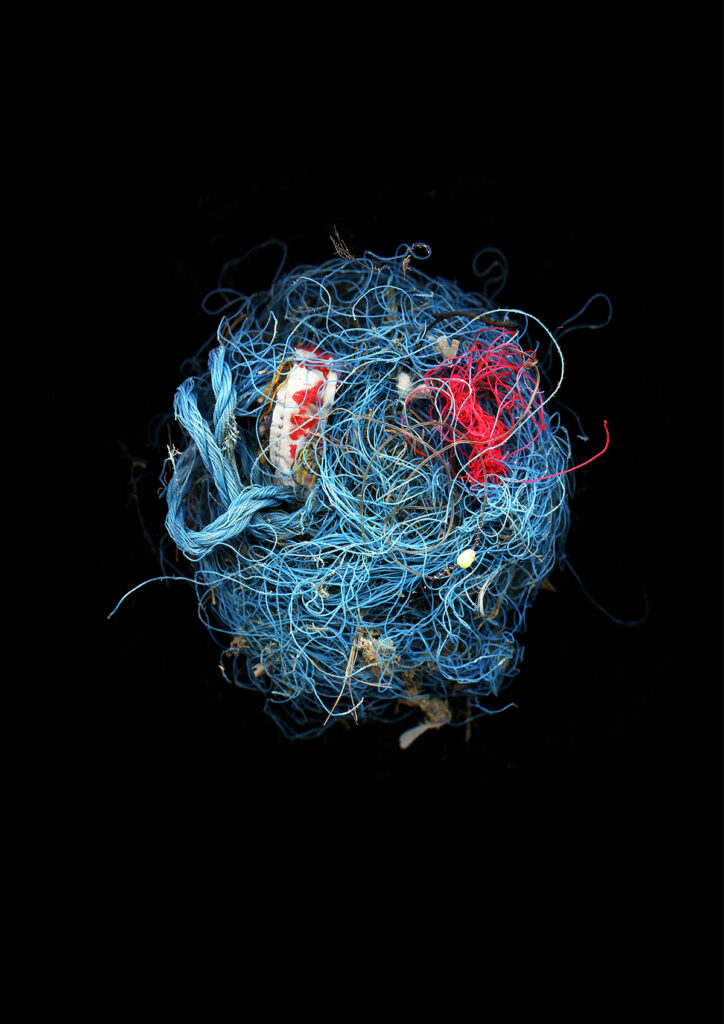
600 YEARS, OR INDEFINITE?
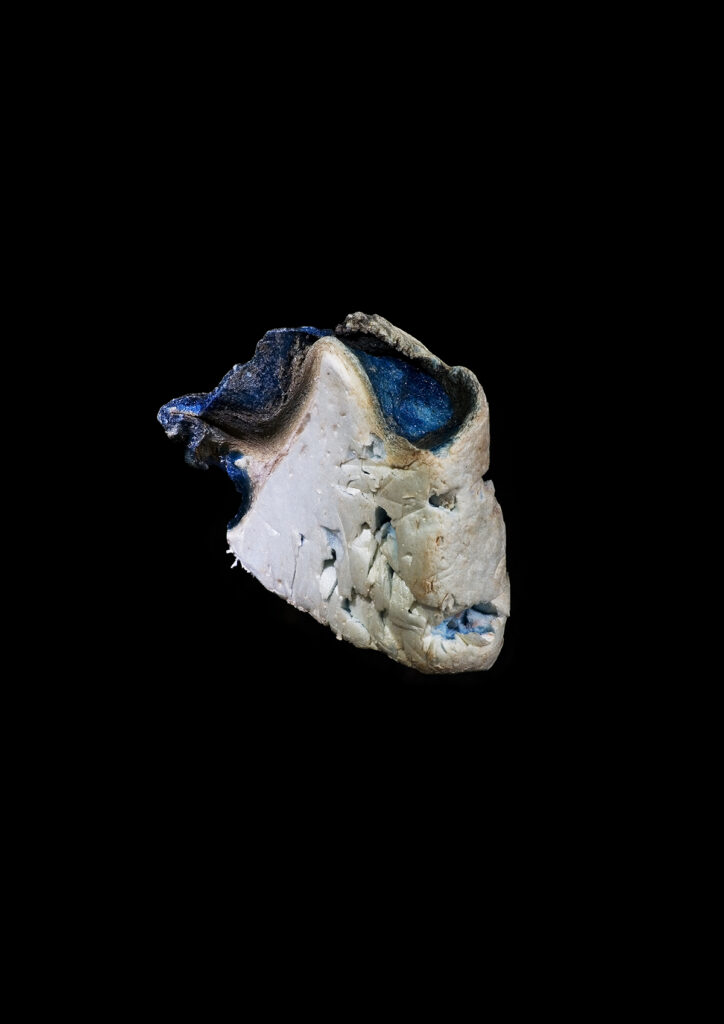
INDEFINITE
Beyond Drifting
In Beyond Drifting, Mandy Barker traces the footsteps of 19th century botanist John Vaughan Thompson.
Thompson collected and studied plankton, the ocean’s most basic life form, at Cobh, Cork Harbour, in Ireland. When Barker visited this site, her search revealed plastic wiring, fragments of bottles, discarded limbs of plastic dolls and other items now commonplace in our seas.
Barker photographed the plastic objects as pseudo-scientific specimens, drawing parallels between Thompson’s findings and her own. She highlights the similarities between the plankton and plastic which both now form the basis of our food chain.
Barker devised new scientific names for each ‘specimen’. These imitate original Latin words, and incorporate the word ‘plastic’.
Listen to Barker talk about this series of work:
Soup
‘Soup’ is the term for plastic debris suspended in the sea. It particularly refers to the mass accumulation in the North Pacific Ocean widely known as the ‘Garbage Patch’.
The plastics photographed for this series have been collected from beaches around the world. They represent a global collection of debris that demonstrates the mass of plastic in our seas.
Barker says, ‘This series concerns the relationship that sea creatures have with plastics. The creatures are initially attracted to the plastics and attempt to eat them, leading ultimately to their death.’
Listen to Barker talking about the Soup photographs here:
Click on each image to look more closely. The captions list the ‘ingredients’ that have been assembled to make the soup in each image.
